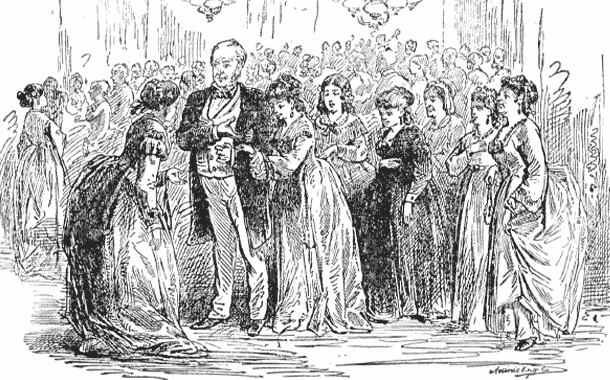<![CDATA[Scientists in Germany have found evidence of human polygyny during the movement out of Africa, meaning humanity has more mothers than fathers. Polygyny refers to the practice of one man having many wives, or mates. Lead researcher in the study was Mark Stoneking, a professor of biological anthropology at the Max Planck Institute for Evolutionary Anthropology in Leipzig, Germany. He and his team made the discovery by analyzing the DNA of people from around the world. According to their study, females made a larger genetic contribution to the human race today than males did. Polygyny is a form of polygamy where a male is allowed to have more than one wife. Another type of polygamy is polyandry, where a female has more than one husband or mate. Historically, polygyny was an accepted practice in ancient Jewish society, as well as in China, Africa and Polynesia. It was also widely practiced in Greece, until it adopted Roman Catholicism. It is rarely practiced anywhere in the world today. Stoneking's team made the discovery while looking at genetic variation in the male Y-chromosome. They were able to look at all of the genetic variants within a single region on the Y-chromosome, which was a vast improvement on previous studies. Only a few variants could be observed previously because only known genetic variants could be analysed. The new study used a brand new technique to find new variants. DNA samples were collected from 623 males from 51 populations around the world, including Australia, Europe and the Americas. When the DNA samples were collected, the paternally-inherited chromosome, (NRY) was compared with the mitochondrial DNA, (mtDNA) which is maternally-inherited. They found that genetic differences in males between populations were bigger than between females. This shows that women migrated more than males did, which spread their mitochondrial DNA further, reducing variation in genes between populations. Females may have travelled more often for marriage, to move in with their husbands. This was in stark contrast with males, who were more likely to stay in one location, which allowed their sons to inherit specific genes from the population. The genes showed even more interesting details, such as people in East Asia and Europe having larger genetic differences paternally than maternally, which suggested higher female migration levels. On the other hand, African, Oceanic and American populations had bigger differences in maternal DNA than paternal DNA. The researchers theorize that men reproduced less than women in colonized America. The research team then went on to estimate the proportion of men and women in past populations that reproduced, since some men and women do not have living children that could pass on their genes. The team believe that there were a greater proportion of women in the historic population in comparison to men. The researchers used the findings to conclude that even though there may be equal numbers of males and females in any population around the world, a larger number of females will be reproducing than males. ]]>
DNA Shows Evidence of Polygyny Through Human History
